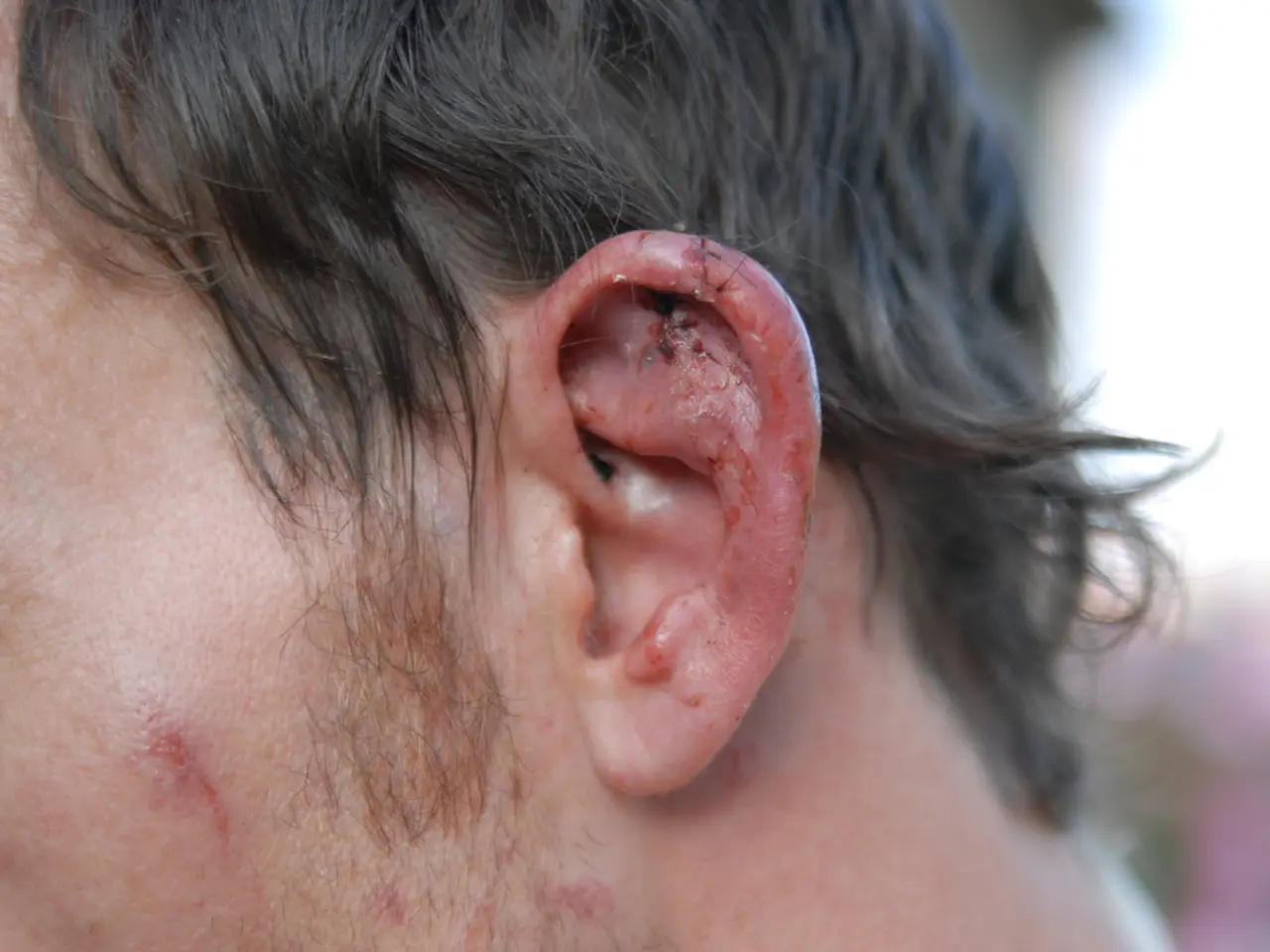Procedure Details: Implications, Adverse Reactions, and Recuperation
The Loop Electrosurgical Excision Procedure (LEEP) is a common medical procedure used to detect or treat abnormalities in the cervix, including precancerous cells. While LEEP is generally safe, it's essential to be aware of the potential side effects and post-procedure care to ensure a smooth recovery.
Common Side Effects of LEEP
Patients may experience some discomfort or pain during and after the procedure, which typically resolves with time. After LEEP, it is common to experience bleeding and dark brown discharge, which may last up to four weeks. There is also a risk of infection, cervical scarring, and long-term effects such as cervical stenosis, weakened cervical tissue, changes in menstrual patterns, and scar tissue formation.
Recovery Time
The recovery period for LEEP is relatively short. Most patients can return to normal activities within a few days following the procedure. However, some symptoms like cramping, bleeding, or discharge may persist for up to four weeks.
Post-Procedure Care
It is crucial to follow discharge instructions carefully to ensure proper healing. This includes avoiding heavy lifting, sexual intercourse, and using tampons for a period of time advised by your healthcare provider. Monitoring for severe symptoms such as heavy bleeding or severe pain is crucial, and patients should seek medical attention if these occur.
Medication and Follow-Up
NSAIDs like ibuprofen may be recommended to manage pain and discomfort. Regular follow-up appointments with your healthcare provider are necessary to monitor healing and screen for any recurrence of abnormal cells. Over-the-counter pain medication can help reduce abdominal discomfort.
Factors that can complicate a LEEP include pregnancy, menstruation, and inflammation around the cervix. It is essential to inform the doctor about these factors before undergoing the procedure. A LEEP can help diagnose precancerous cells and other abnormal cell types, such as polyps. Getting the results from a LEEP can help a person and their doctor make an informed decision about the next steps.
During the Procedure
During a LEEP, an electrical current passes through a loop of wire to cut abnormal cells from the cervix. The doctor will administer a local anesthetic before the procedure to minimize discomfort. The person will lie on their back and place their legs on stirrups, and the doctor will insert a speculum into the vagina to examine the cervix.
Rare Risks and Long-term Effects
While rare, LEEP can have risks such as infection, scarring of the cervix, difficulties getting pregnant, preterm birth, or the birth of an underweight baby. Long-term effects may include cervical stenosis, weakened cervical tissue, changes in menstrual patterns, and scar tissue formation.
In conclusion, the Loop Electrosurgical Excision Procedure (LEEP) is an essential medical procedure for detecting and treating abnormalities in the cervix. By understanding the common side effects, recovery time, and post-procedure care, patients can ensure a smooth recovery and make informed decisions about their health.
- Pregnancy can pose complications during a Loop Electrosurgical Excision Procedure (LEEP), and it's important to inform the doctor about this before the procedure.
- Science and technology have played a significant role in the advancement of therapies and treatments in oncology, such as the Loop Electrosurgical Excision Procedure (LEEP) for cervical cancer, which helps diagnose precancerous cells and other abnormalities.
- In the health-and-wellness domain, post-LEEP care involves monitoring for severe symptoms, following discharge instructions, and attending regular follow-up appointments to check for cell recurrence.
- Womens-health issues like cervical cancer can be detected and treated using modern medical procedures like the LEEP, which has long-term effects such as cervical stenosis, weakened cervical tissue, changes in menstrual patterns, and scar tissue formation.




